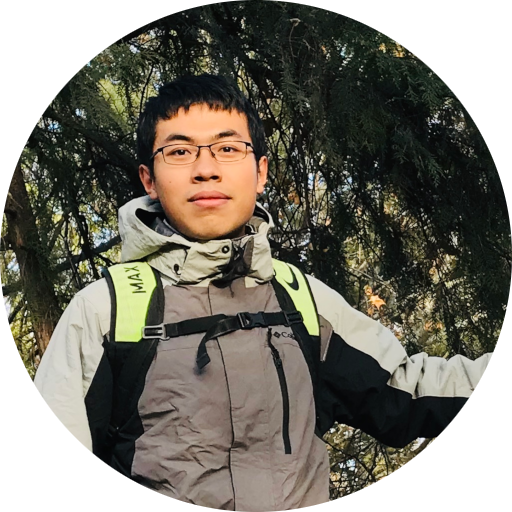Published in: The IEEE/CVF Conference on Computer Vision and Pattern Recognition 2025 (Highlight)
Abstract: Simultaneously acquisition of the surface normal and reflectance parameters is a crucial but challenging technique in the field of computer vision and graphics. It requires capturing multiple high dynamic range (HDR) images in existing methods using frame-based cameras. In this paper, we propose EventPSR, the first work to recover surface normal and reflectance parameters (e.g., metallic and roughness) simultaneously using an event camera. Compared with the existing methods based on photometric stereo or neural radiance fields, EventPSR is a robust and efficient approach that works consistently with different materials. Thanks to the extremely high temporal resolution and high dynamic range coverage of event cameras, EventPSR can recover accurate surface normal and reflectance of objects with various materials in 10 seconds. Extensive experiments on both synthetic data and real objects show that compared with existing methods using more than 100 HDR images, EventPSR recovers comparable surface normal and reflectance parameters with only about 30% of the data rate.
